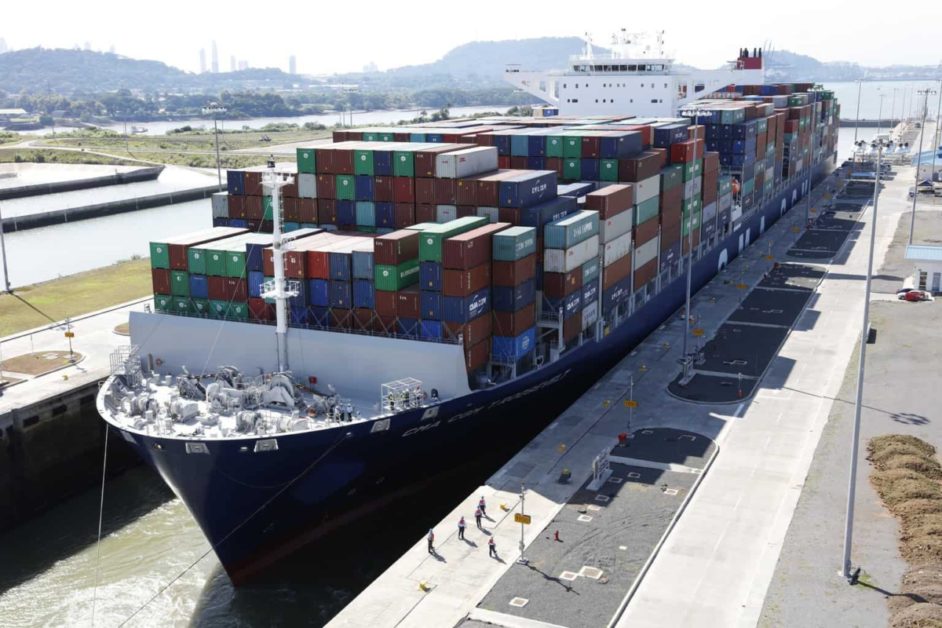Container carriers are expected to maintain capacity on major trade lanes through the typical Chinese New Year lull period as demand remains elevated and global equipment shortages persist.
According to a blanked sailing database produced by maritime intelligence company eeSea, carriers have cancelled only 1.7% of February head haul sailings on the Far East to North America, Far East to Europe, and Europe to North America routes, the three most active container trades worldwide.
This is down significantly from the same month in 2020, when carriers cancelled 19.9% of head haul sailings on the same routes as the coronavirus pandemic began to take hold of cargo exporting countries in Asia.
For March 2021, carriers are expected to void just 0.6% of head haul sailings, down from the 9.4% seen in March 2020.
Moreover, few second-quarter cancelled sailings have been announced. This is likely to remain the case if consumer demand for containerized cargo remains high throughout the first half of 2021, and if equipment issues persist.
2020 blanked sailings
Historically, carriers employed a blanked sailing program around the Chinese New Year and the Golden Week holiday as Chinese exports halted.
However, with the onset of the coronavirus pandemic in February 2020, many Chinese factories did not return to operation after the Lunar New Year, and containerized trade began to slow dramatically.
As a result, carriers reduced capacity by cancelling record numbers of voyages. In February and March alone, nearly 350 sailings were cancelled globally.
“In the first half of last year, blank sailings were widely considered as a way of managing capacity during the COVID-19 crisis,” said eeSea CEO Simon Sundboell in a statement Jan. 6.
EeSea data shows that carriers blanked 990 sailings globally throughout the first half of 2020.
Capacity increased to meet demand
Operational capacity in January for the same three trade lanes has increased by 7.6% on the year, and February is up by 34%, according to eeSea data. This is due in part to the decrease in cancelled sailings and is supplemented by increased vessel chartering activity seen in recent months.
However, even as the number of blanked sailings have been reduced and capacity increased, carriers are still struggling to meet global demand for containerized goods.
“We see that carriers are snapping up any available charter tonnage,” said Sundboell. “There is no idle capacity left, carriers are delaying scrapping, and the first new tonnage orders have even been placed.”
This is due in part to a prolonged and unexpected demand surge in H2 2020, only compounded by logistical issues and equipment imbalances.
As a result, freight rates on many major trade lanes rose to record highs. Platts container rate 13 – North Asia to West Coast North America – was last assessed at $4,900/FEU, more than triple what it was the same time last year, and Platts Container Rate 11 — North Asia-to-UK — hit $10,000/FEU, an increase of 285% from Nov. 30.
Source : S&P Global








